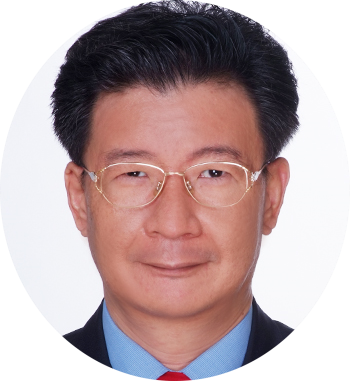Keynote Speakers
Prof. Xudong Jiang, Nanyang Technological University, Singapore
|
Speech Title: How Deep CNN Revolutionizes MLP and How Transformer Revolutionizes CNN
Abstract: Discovering knowledge from data has many applications in various artificial intelligence (AI) systems. Machine learning from the data is a solution to find right information from the high dimensional data. It is thus not a surprise that learning-based approaches emerge in various AI applications. The powerfulness of machine learning was already proven 30 years ago in the boom of neural networks but its successful application to the real world is just in recent years after the deep convolutional neural networks (CNN) have been developed. This is because the machine learning alone can only solve problems in the training data but the system is designed for the unknown data outside of the training set. This gap can be bridged by regularization: human knowledge guidance or interference to the machine learning. This speech will analyze these concepts and ideas from traditional neural networks to the deep CNN and Transformer. It will answer the questions why the traditional neural networks fail to solve real world problems even after 30 years’ intensive research and development and how CNN solves the problems of the traditional neural networks and how Transformer overcomes limitation of CNN and is now very successful in solving various real world AI problems.
